Optimal Timing for Building Exterior Paints
Building exterior paintings require careful timing to ensure optimal adhesion, durability, and appearance. Weather conditions, temperature, and humidity play crucial roles in determining the best period for painting projects. Proper planning can extend the lifespan of the paint and reduce the need for frequent touch-ups.
The optimal temperature for exterior painting is generally between 50°F and 85°F. Temperatures outside this range can affect paint drying times and adhesion.
Low to moderate humidity levels are preferred, typically between 40% and 70%. High humidity can cause paint to dry slowly and lead to issues like blistering or peeling.
Spring and early fall are often the best seasons for exterior painting due to milder weather, reducing risks associated with extreme heat or cold.
Painting should be scheduled during dry periods, avoiding rain and high moisture conditions that can compromise paint adhesion and curing.
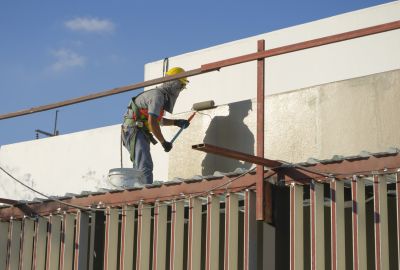
Spring offers moderate temperatures and lower humidity, making it suitable for exterior painting projects.
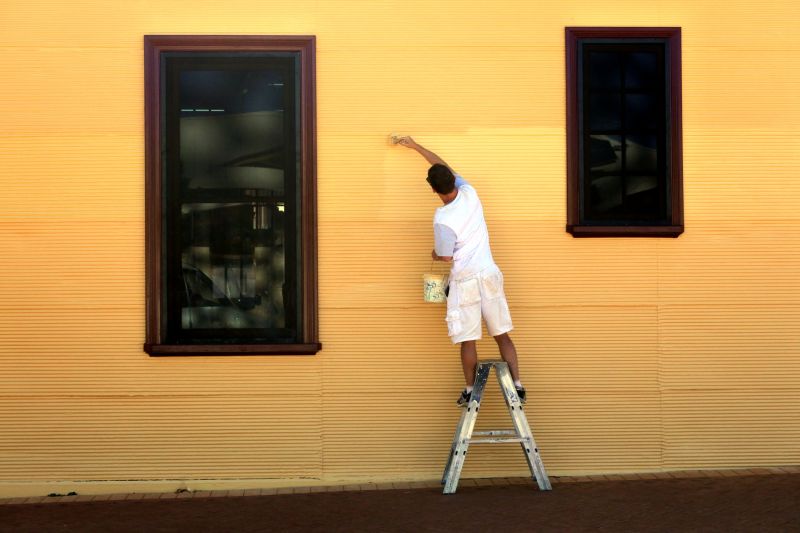
Early fall provides stable weather and comfortable temperatures, ideal for exterior paint application.
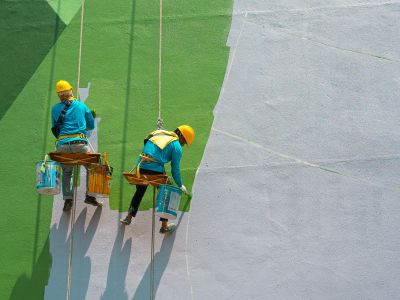
Winter's cold and summer's heat and humidity can hinder paint performance, leading to poor adhesion and durability.
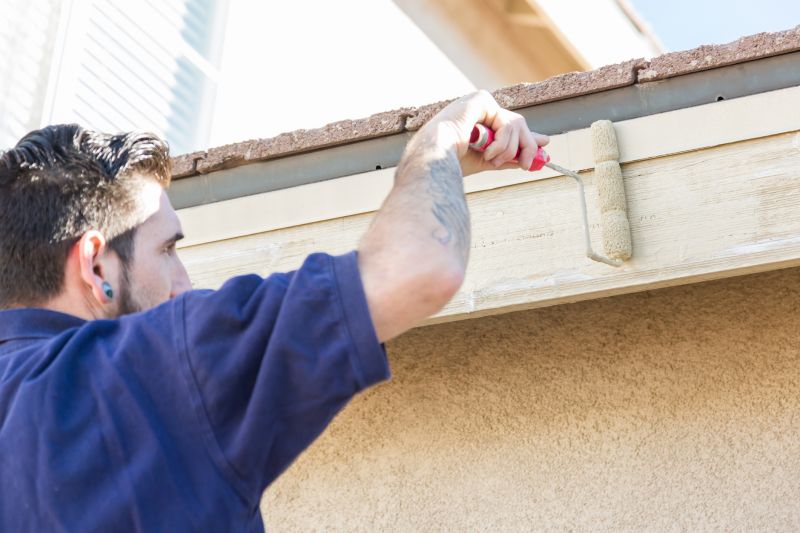
Ways to make Building Exterior Paintings work in tight or awkward layouts.
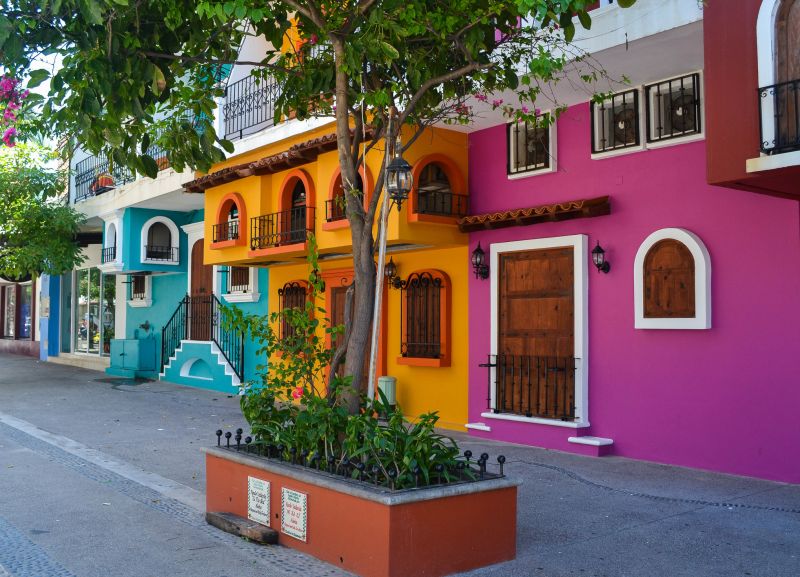
Popular materials for Building Exterior Paintings and why they hold up over time.
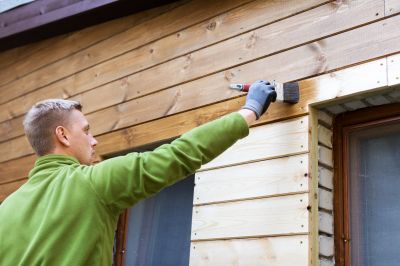
Simple add-ons that improve Building Exterior Paintings without blowing the budget.
| Season | Recommended Conditions |
|---|---|
| Spring | Mild temperatures, low humidity, dry weather |
| Summer | Early morning or late afternoon, avoid extreme heat |
| Autumn | Stable weather, moderate temperatures |
| Winter | Not recommended due to cold temperatures and moisture |
Building exterior paintings are essential for maintaining the appearance and protection of a structure. Proper timing ensures that paint adheres well and lasts longer, reducing maintenance costs over time. Weather conditions significantly influence the quality of the finish, making seasonality an important factor in planning painting projects.
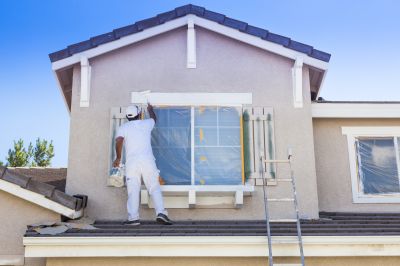
Choosing days with little wind and cloud cover helps achieve a smooth, even coat.
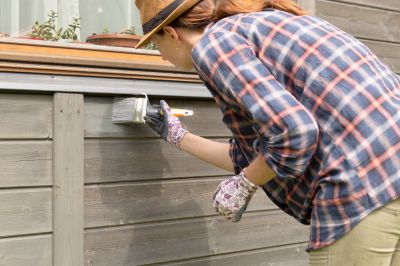
Spring's favorable weather conditions make it a popular season for exterior painting.
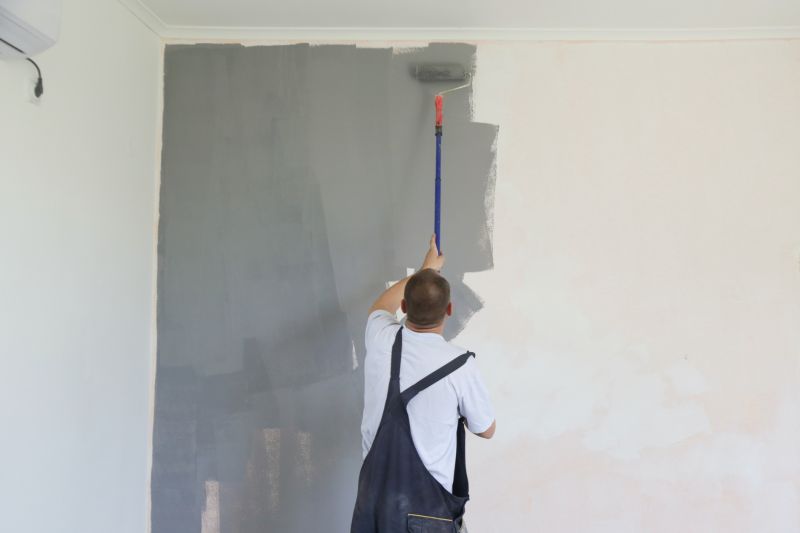
Fall provides cooler temperatures and less humidity, ideal for long-lasting results.
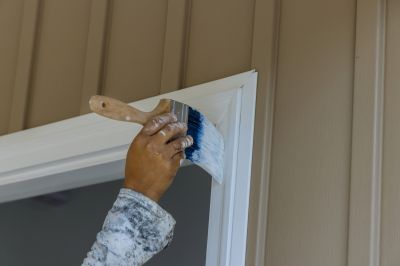
Extreme heat, cold, or rain can compromise paint quality and should be avoided.
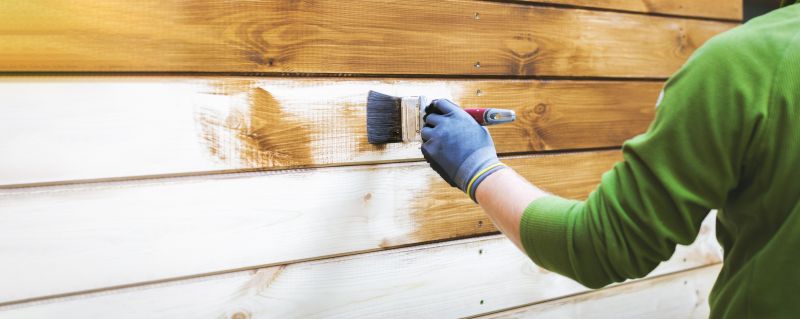
High-end options that actually feel worth it for Building Exterior Paintings.
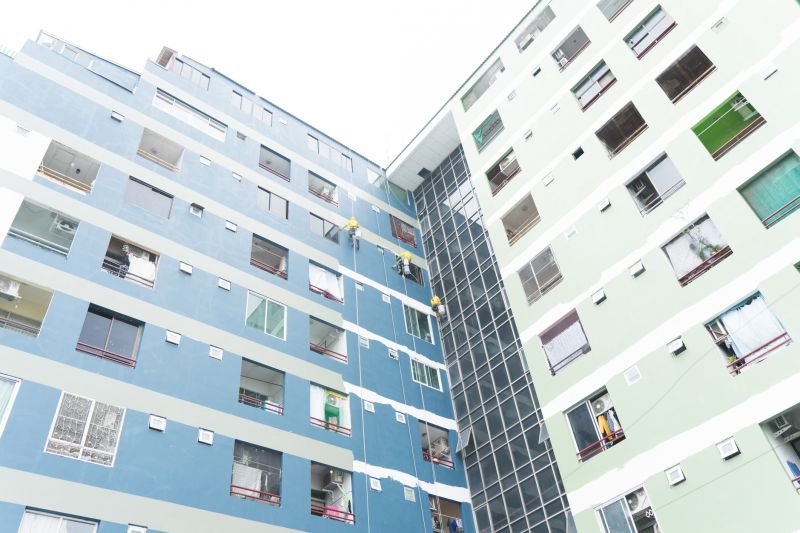
Finishes and colors that play nicely with Building Exterior Paintings.
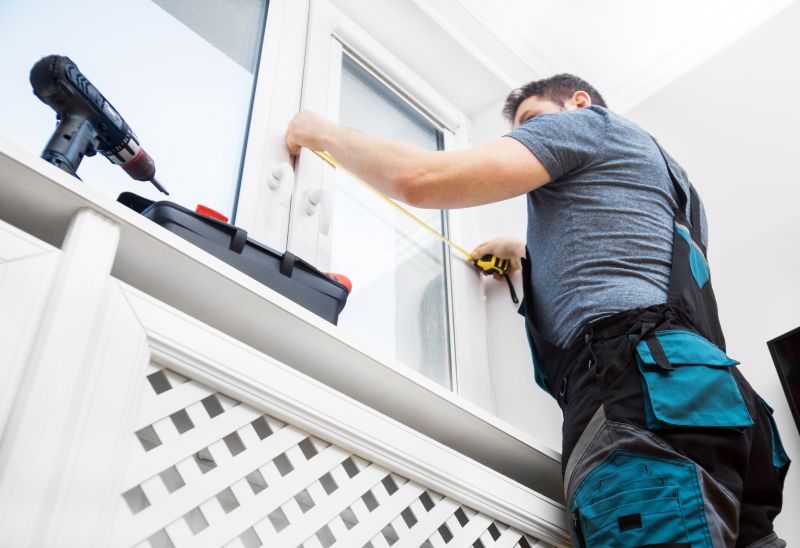
Little measurements that prevent headaches on Building Exterior Paintings day.

A 60-second routine that keeps Building Exterior Paintings looking new.
Those interested in scheduling exterior painting should consider local weather patterns and plan accordingly. Proper timing not only enhances the appearance but also extends the lifespan of the paint, providing a durable finish that withstands environmental elements.
